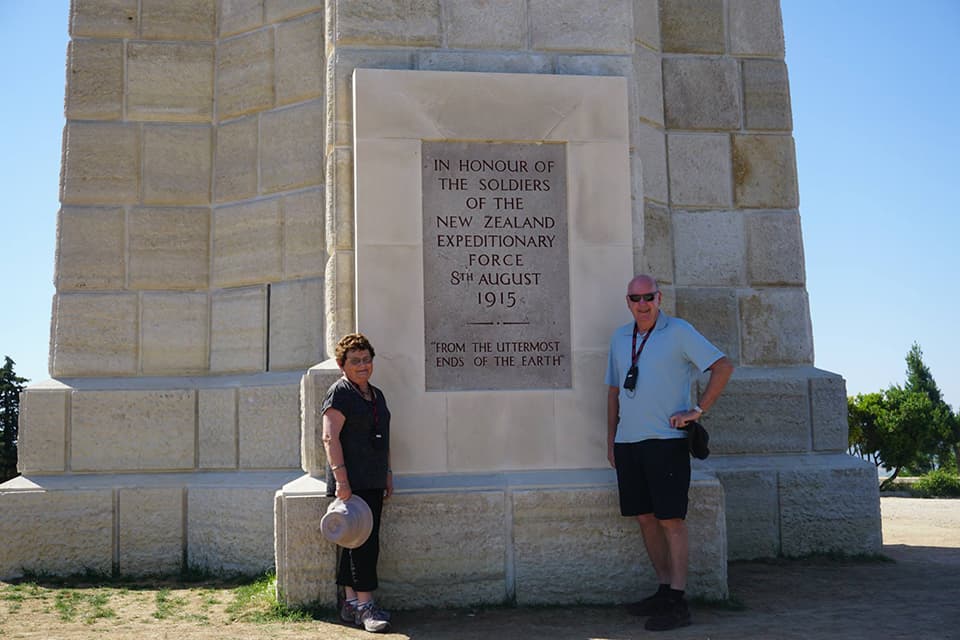
ANZAC Day commemorates the landing of the Australian and New Zealand Army Corps (ANZAC) at Gallipoli, Turkey, during World War 1 in 1915. This event which is also observed in Australia remembers all New Zealanders and Australians who served their country in wars and conflicts.
With ANZAC Day approaching soon, it would be an opportune time to talk to your children about the importance of this day. Coronavirus is dominating our lives now and though public gatherings and festivities will not be allowed, we can still engage in interesting conversations with our children and make a small difference within our ‘bubble’.
Each time a festival is celebrated at Our Kids, I have engaged in research and inquiry and have developed new understandings of how each culture celebrates festivals and how they could be made more meaningful for our young children. Anzac Day though has a special significance to me because of my visit to Gallipoli. The stories of the Gallipoli war really moved me, and I could understand the cost to New Zealand from the Great War. There were quite a few New Zealanders and Australians who travelled with us and I could see how much this visit meant to them. For example, one of the NZ travellers wanted to make sure he threw a stone for a friend in memory of his family member.
However, approaching this topic with younger children and toddlers can prove challenging. For children between zero and seven years the brain processes four billion bits of information per second. So, children need to be experiencing real life and sensory experiences that lock into the memory bank. Therefore, acknowledging ANZAC day for me, is about building young children’s understanding of the traditions, facts and folklore of ANZAC Day and many real-life stories. It is about creating anniversaries that brings back these sensory memories.
Written and illustrated for the youngest audience in mind, this book tells the story of a little boy’s teddy bear that was passed down to him from his grandfather. Though he might look scary as he is battered, torn, missing an eye and an ear, he has got a great story to tell, for Anzac Ted went to war, keeping soldiers’ company and giving them comfort. YouTube link below.
A picture story about a little girl who has a grandad who marches in the ANZAC Day parades after having served in war. Though it is not a great quality video, there is a full reading of the book on YouTube.
Meet the Anzacs is an illustrated introduction to how the troops ended up in Gallipoli, with a focus on the united relationship between Australia and New Zealand.
This video can spark great conversations on why it is important to remember those who went to war.
You can have a conversation on why a Rosemary sprig is worn on ANZAC day. A Rosemary sprig was traditionally worn on ANZAC day as rosemary is an aromatic herb that grows wild all over Gallipoli and is a symbolic reminder of the landing. Rosemary has also long been used as a symbol of remembrance. Greek scholars wore it in their hair as the aroma is said to provoke memory.
Provide poppies for art provocation to encourage children to sketch or paint poppies
Bake Anzac biscuits with your children. It has been claimed that Anzac biscuits were shipped to the soldiers during the war because the ingredients do not spoil easily, and the biscuits kept well during naval transportation. For older children to understand the original purpose you may want to have a real purpose for the Anzac biscuit that you are going to make. Ask them to share the attributes of the Anzac biscuits, from their own personal experience eating them. For example, if they need to be soft in the middle with a little crunch on the outside or need to have a golden appearance. These can be key elements that you can use each time you set out doing a batch and when taste testing your Anzac biscuits.